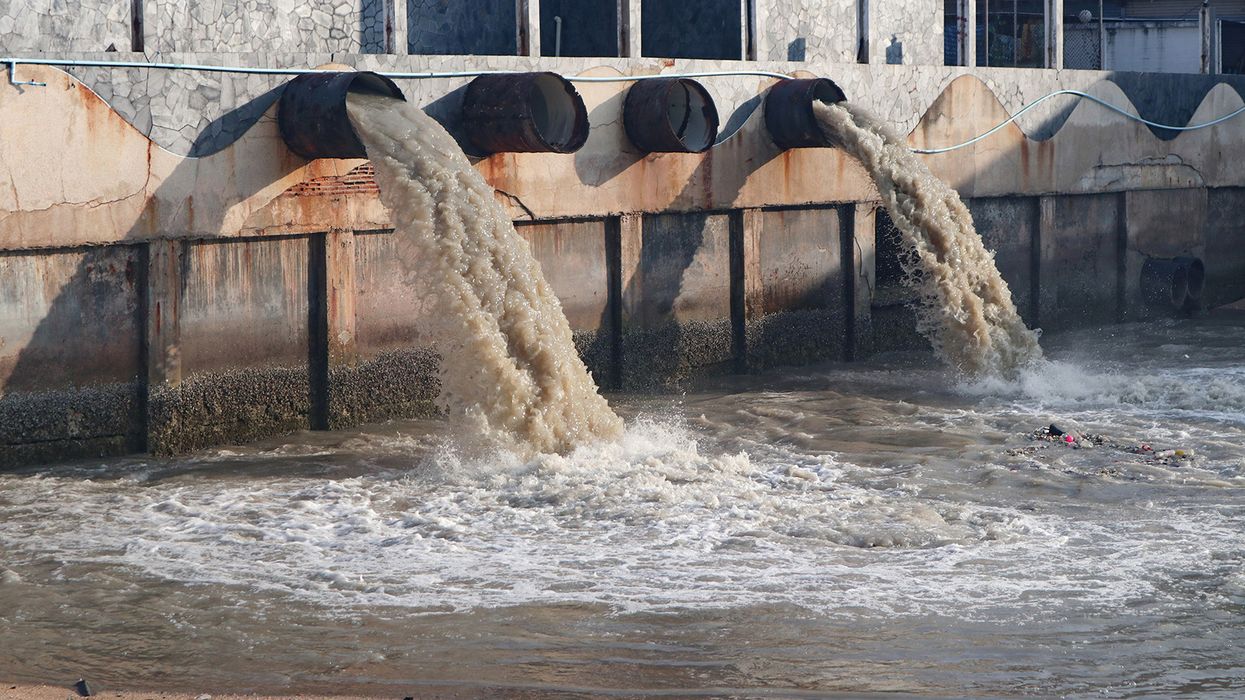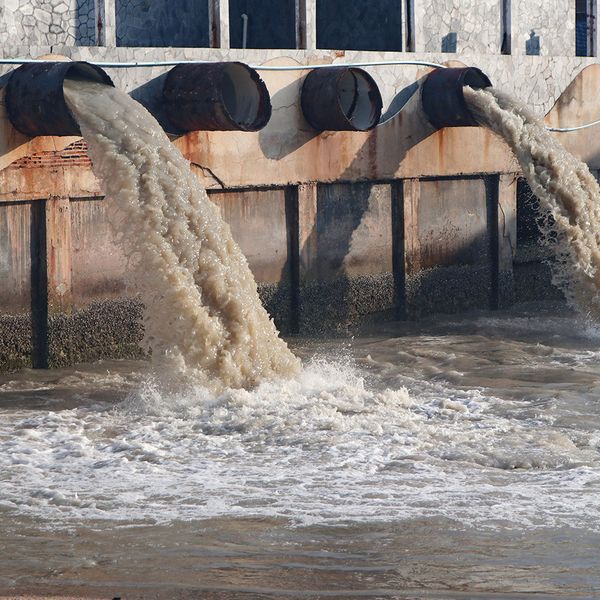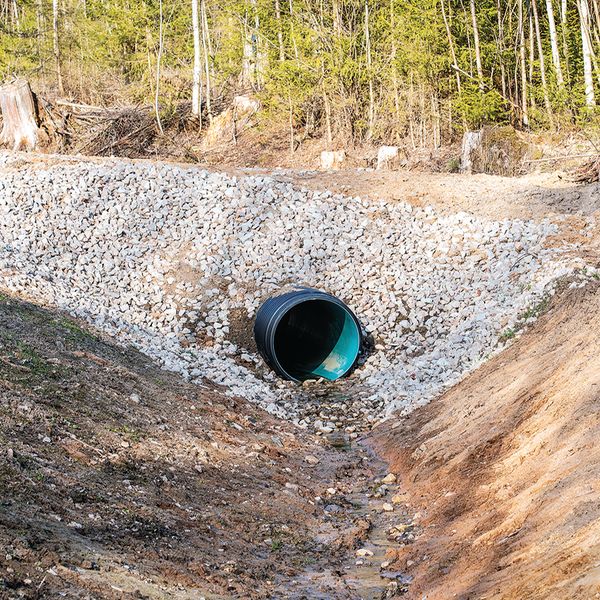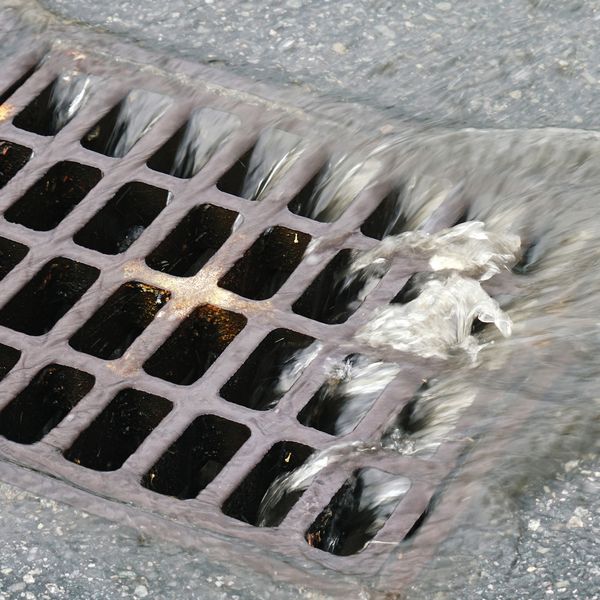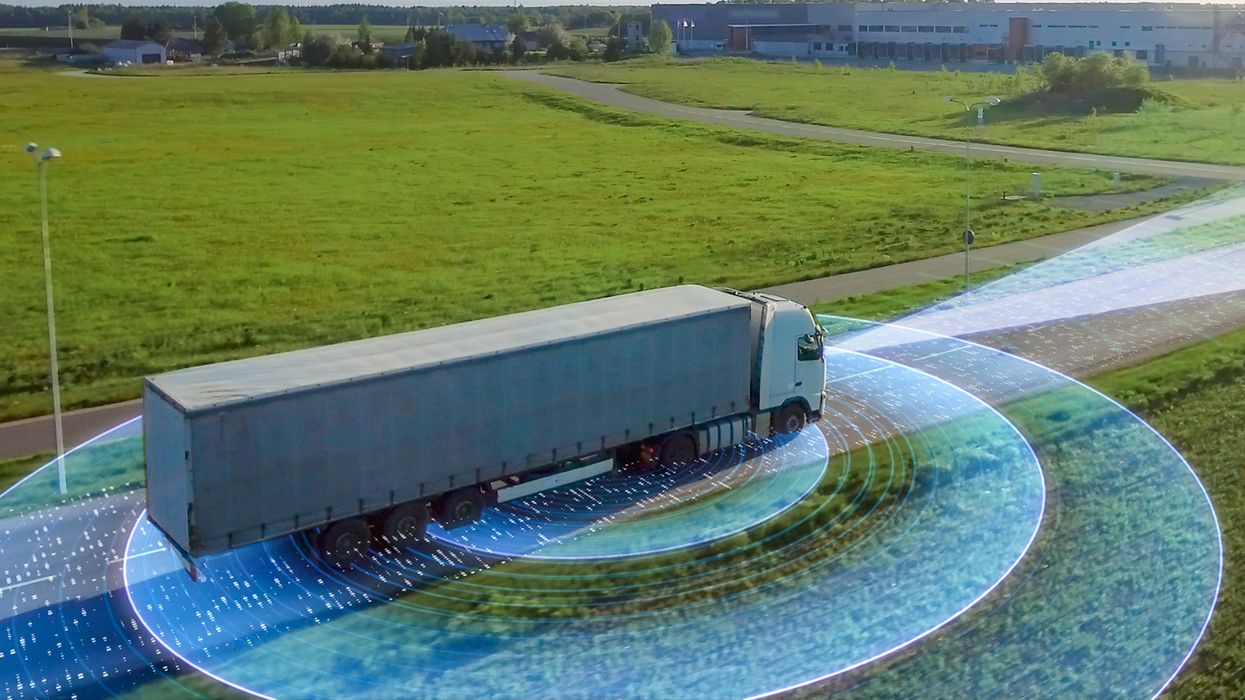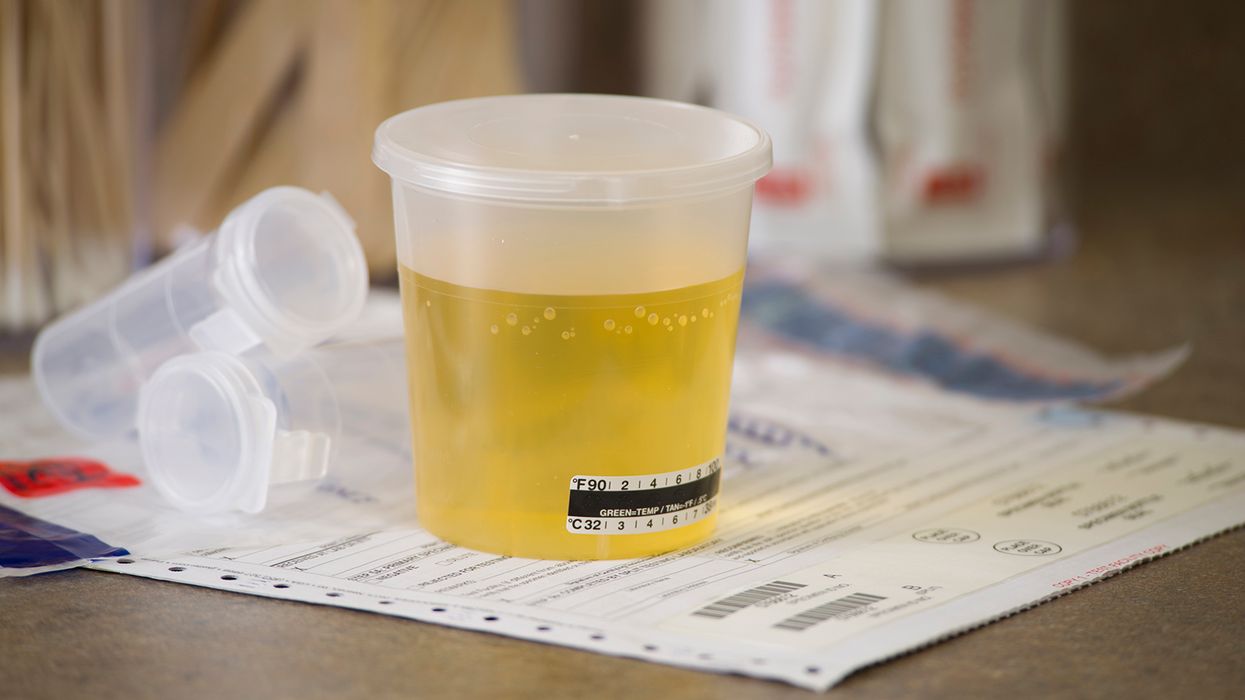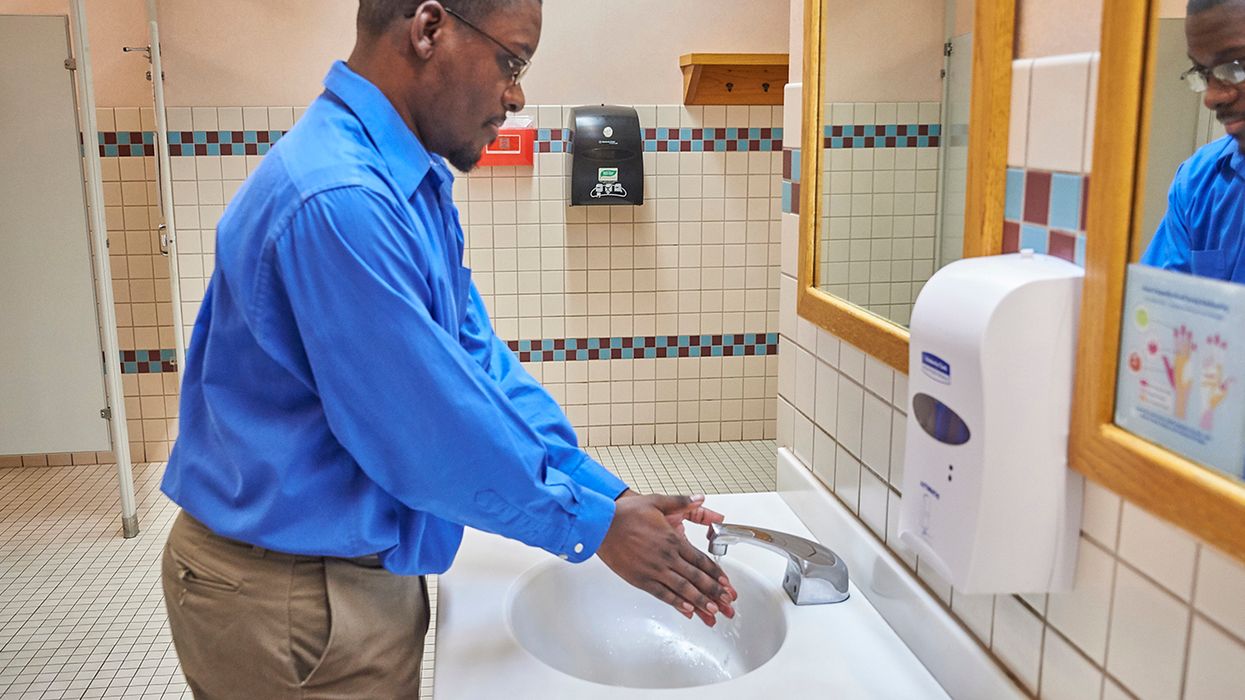Industrial wastewater discharges: NPDES permits get to the point (source)
The Environmental Protection Agency (EPA) limits the pollutants in industrial wastewater that facilities can release through the National Pollutant Discharge Elimination System (NPDES) Program. Any facility that discharges pollutants directly into the waters of the United States must obtain an NPDES permit.
Each permit lists the quantity, discharge rate, and concentration discharge limits for each pollutant (known as effluent limitations). The permit also covers monitoring and reporting requirements, applicable special conditions (like compliance schedules), and standard conditions that apply to all permits. States typically issue NPDES permits. EPA issues the federal permit, called the Multi-Sector General Permit (or MSGP), for just a handful of states and territories.
Does my facility require an NPDES permit?
The federal regulation at 40 CFR 122.1(b)(1) states that the NPDES program requires permits for the discharge of “pollutants” from any “point source” into “waters of the United States."
To determine whether your facility requires a permit, answer the following three questions.
Does the facility discharge covered pollutants?
The NPDES permit covers any kind of industrial, municipal, and agricultural waste that’s discharged into waters of the United States. It encompasses:
- Conventional pollutants, such as oil and grease;
- Nonconventional pollutants, like phosphorus; and
- Toxic pollutants, including solvents and metals.
EPA’s regulatory definition of “pollutants” (122.2) includes solid waste, sewage, chemical wastes, heat, rock, and more. However, it excludes sewage from vessels as well as certain materials injected into wells for oil or gas production and water derived from oil or gas production that’s disposed of in a well.
If your facility releases pollutants through its wastewater, the next factor to consider is how it discharges the pollutants.
Is the facility a point source?
A “point source” is defined at 122.2 as “any discernible, confined, and discrete conveyance … from which pollutants are or may be discharged.” It doesn’t include return flows from irrigated agriculture or agricultural stormwater runoff.
In clearer terms, a point source is a specific, identifiable source that discharges pollutants directly into a waterbody, like an industrial facility. Examples of points of discharge are pipes, ditches, tunnels, wells, and containers.
What if your facility discharges wastewater pollutants to a publicly owned treatment works facility? In this case, your facility is considered a non-point source (or indirect discharger) and must meet the requirements of the NPDES National Pretreatment Program.
Does the facility discharge into waters of the United States?
EPA’s current regulations define “waters of the United States” at 120.2. However, ongoing litigation has muddied the implementation of the current definition.
Here’s a general timeline of the definition’s changes:
- January 2023 — EPA and the Department of the Army updated the definition (Revised Definition of “Waters of the United States” rule).
- May 2023 — The U.S. Supreme Court’s decision in Sackett v. EPA (Case No. 21—454) made parts of the Revised Definition of “Waters of the United States” rule invalid.
- August 2023 — The agencies amended the Revised Definition of “Waters of the United States” rule to conform it to the Supreme Court’s decision. The final rule (Revised Definition of “Waters of the United States, Conforming” rule) took effect in September 2023.
Currently, EPA implements the definition according to the Revised Definition of “Waters of the United States, Conforming” rule in 23 states, the District of Columbia, and the U.S. territories. In the remaining 27 states, EPA implements the pre-2015 definition and interprets it consistently with the Sackett v. EPA decision.
Make sure to confirm with your state’s wastewater permitting agency which definition of waters of the United States applies to your facility.
If you answer “yes” to all three questions, your facility must obtain an NPDES permit.
What’s next?
Now that you’ve determined your facility needs an NPDES permit, it’s time to apply for one:
- Connect with the state water permitting agency (or EPA if the state isn’t authorized to issue permits) to confirm that your facility requires a permit and determine what type of NPDES permit the state requires you to have (general or individual).
- Apply for the relevant NPDES permit through the permitting agency.
- Facilities under general permits typically submit a Notice of Intent to the permitting authority.
- Facilities not covered by general permits must apply for NPDES individual permits. Because these are developed for specific sites, the permitting process takes longer (possibly more than six months).
Key to remember: Facilities must obtain a general or individual NPDES permit before directly discharging industrial wastewater into waters of the United States.

